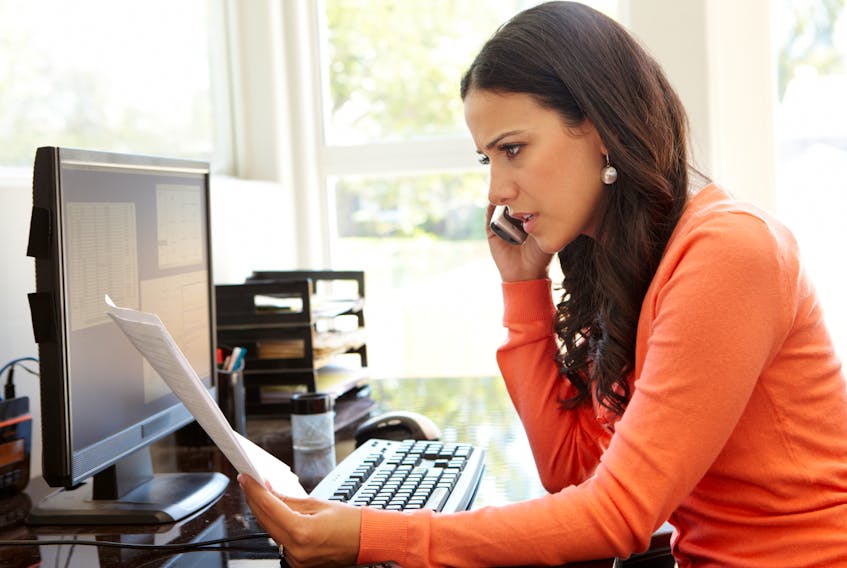Are we prepared to manage the disruption COVID-19 is having on the Canadian economy, society and health?
These are some of the questions I’ve been asked in the last few days.
The last pandemic of this potential size happened between 1918 and 1920. The Spanish Flu claimed millions of lives, the difference between then and now is science, technology and communications. The rate and speed that things can be done today are not even remotely at the same level as back then.
As technology fires up to find a vaccine, we’re seeing health authorities and governments taking proactive action to reduce the impact of this pandemic. The approach is a technological one. There’s also a human one, called social distancing.
Social distancing is one way every citizen can help flatten the pandemic exponential curve and spread the need for health care over a longer period, so the health system doesn’t become overwhelmed. China has some incredible data to show how this human intervention is disruptive to the economy and quality of life, but it works.
Social distancing can help take some of the strain off the health care system as well as delay the spread of the virus and provide scientists time to develop a COVID-19 vaccine.
For many, the penny has dropped; the reality of social isolating could happen on the scale it did in China and Italy. Some have been stocking their shelves with food, toilet paper and medicine so they can self-isolate if told to do so for an extended period.
Mental health preparation
What’s the mental health preparation plan? Many will just be thinking of a physical supply preparation.
For the most part, we live on autopilot. We follow daily routines and habits without much thought. Some of these we like, some not so much, but we’re creatures of habit. What’s consistent is, whether we like it or not, we have a daily routine that’s predictable.
One critical part of our daily routine is our interaction with other human beings. When we’re put in a situation that disrupts our ability to go to the gym or office, visit family and friends, hang out at our favourite watering hole, or socialize through sports, clubs or hobbies, this disruption becomes a barrier. When we feel something is isolating us from access to others, we can quickly feel a loss of social connection, which if not addressed can lead to loneliness and a negative impact on our mental health.
One way to reduce the negative effect of social isolation, whether due to a government order, change at work or personal choice to self-isolate, is to have a plan that supports social connections. With some intention and focus there are ways to mitigate the risk of feeling disconnected and socially isolated.
Tips for maintaining healthy social connections
Creating structure and making a daily action plan that supports social connections and promotes mental health can be helpful. Following are a few tips to mitigate the risk of feeling disconnected from others:
• Leverage technology — If you don’t already and have the resources, get set up with online tools such as Skype or FaceTime that can allow you to engage with and see other people. They can be the next best thing to face-to-face social connections.
• Use your phone more — Like many, you may be used to texting and emailing. Consider trying some old-fashioned concept: call someone and talk. Even for a simple question, pick up the phone and talk, rather than sending an email.
• Book virtual dates — Make plans to chat with people you care about or work with at set times through the day so that you have social connections you can count on planned and booked.
• Reach out to old contacts — One way to feel connected is to use the found pandemic time to reach out to old contacts you’ve lost touch with. There’s a good chance they’ll be feeling like you. Some may be on LinkedIn, or Google may help track them down.
• Be aware of mental health online supports — Wonderful online supports are available. Take a moment to determine what supports you might call on if you felt you were struggling and not sure who to talk to. These might include your organization’s employee and family assistance program, anonymous support communities such as the Big White Wall, and crisis support lines.
Whatever you do to maintain your social connections will require intention and effort. The reward will be feeling socially connected, which will help reduce the risk of feeling isolated and lonely









